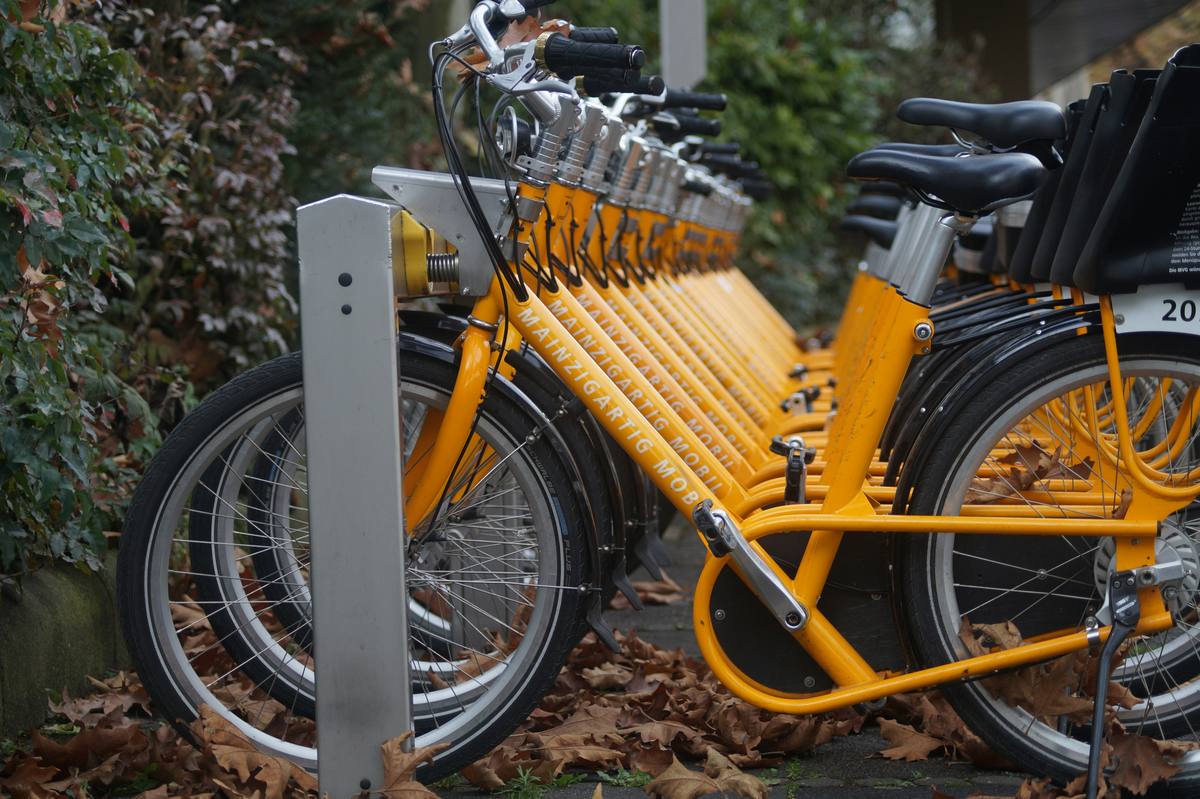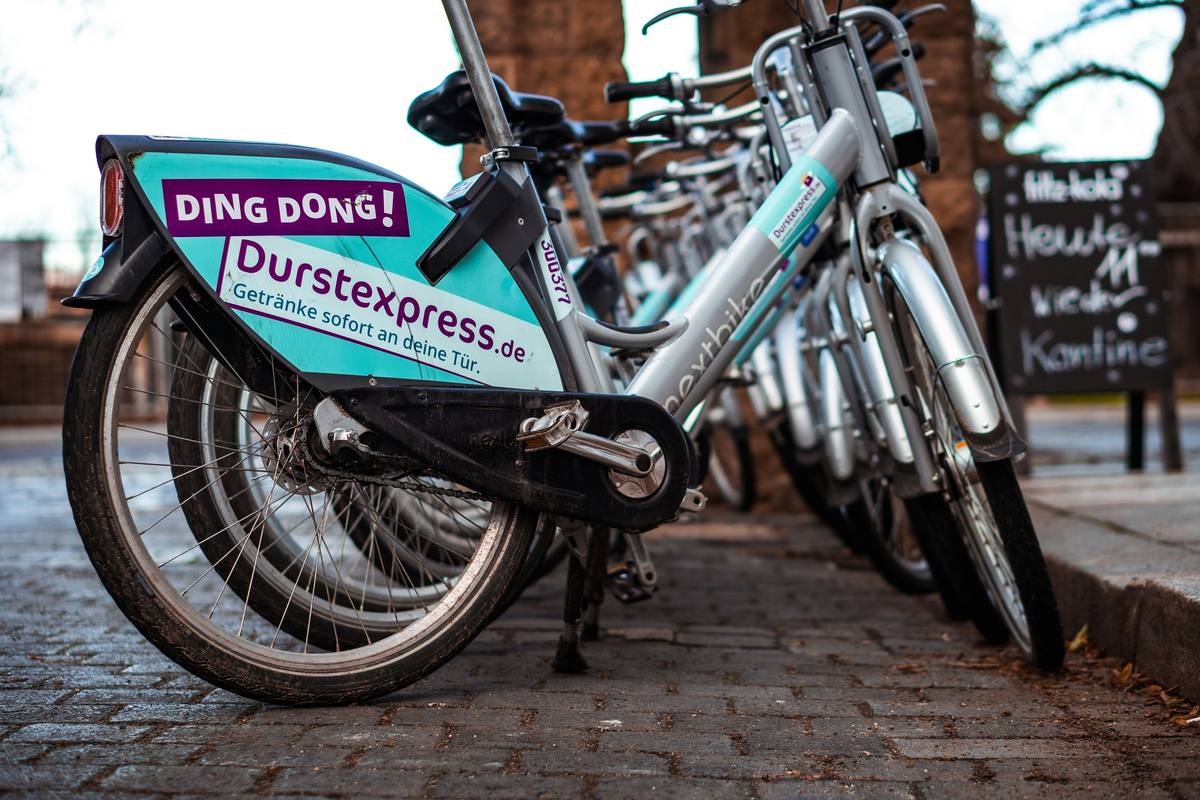Starting Your Bike Sharing Venture
Embarking on a Bike Sharing business adventure is an exhilarating journey toward sustainable urban mobility and entrepreneurial success. The first step is deeply understanding your market; identifying potential users, their needs, and habits is crucial. Then, securing robust, user-friendly bicycles and stations becomes your priority, ensuring safety and accessibility for all users. Crafting an appealing brand identity cannot be overlooked--this is where tools like Desygner come in handy, helping you create a visually stunning brand presence. Establishing a seamless digital experience for your users through an intuitive app will set you apart. Finally, fostering partnerships with local businesses and authorities can provide valuable support and visibility for your venture.
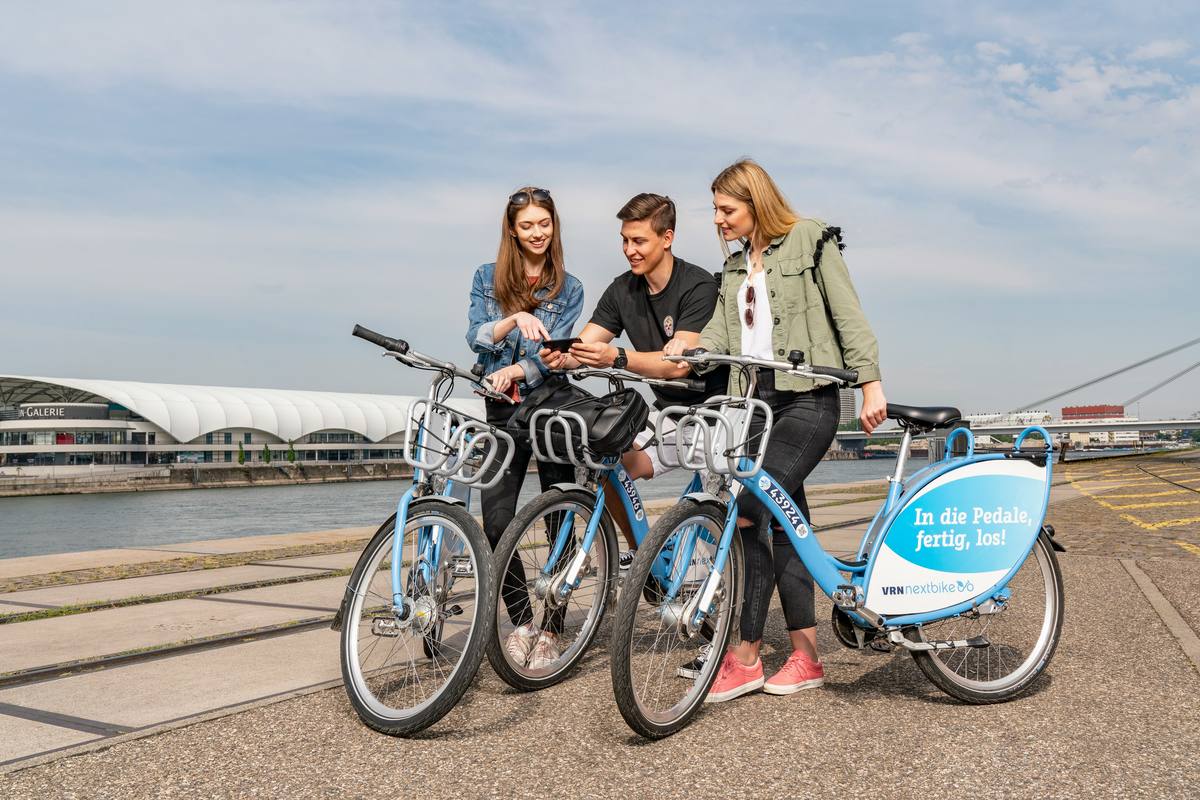
Understanding the Challenges
When you're gearing up to pave your way into the bike-sharing market, acknowledging the hurdles is your first pedal stroke. One of the most significant challenges is obtaining the initial investment required for purchasing a fleet of bikes and setting up station infrastructure. Additionally, navigating local regulations can be like trying to ride a bike uphill in a storm, as legal requirements vary significantly from one area to another. There's also the pressing need to establish a user-friendly technology platform that can handle rentals, returns, and payments efficiently. Let's not forget about maintaining the fleet; ensuring each bike is in top-notch condition demands continuous effort and resources.
Nailing Your Business Model
Determining how to start your venture with the right business model is like choosing the perfect bike for your journey--it needs to fit perfectly. Do you lean towards a docked system where users pick up and return bikes at specific stations, or does a dockless model, offering greater flexibility on pickup and drop-off locations, align better with your vision? Each model comes with its own set of operational logistics and challenges. The docked model may require more substantial initial infrastructure investment but provides easier management of bike distribution. In contrast, a dockless system demands robust GPS tracking capabilities and a more intensive repositioning strategy.

Mastering Local Regulations
It feels like trying to balance on two wheels for the first time--daunting yet thrilling. Grasping the intricacies of local laws and regulations is pivotal for steering clear of potential fines or operational roadblocks. It involves engaging with city planners, understanding zoning requirements, and securing necessary permits. This step is crucial not only for compliance but also for fostering positive relationships with local communities and authorities. Remember, demonstrating how your business will benefit the public can turn regulatory challenges into valuable partnerships.
Fueling Your Tech Engine
In today's digital age, your tech platform is essentially what keeps the wheels turning in a bike-sharing business. It should not only facilitate seamless transactions but also provide real-time data on bike availability and navigational assistance to users. Developing an intuitive app requires significant investment in software development and ongoing updates to keep pace with technological advancements and user expectations. Moreover, integrating security features to guard against theft and vandalism is non-negotiable. Ultimately, investing in technology is investing in customer satisfaction and operational efficiency.
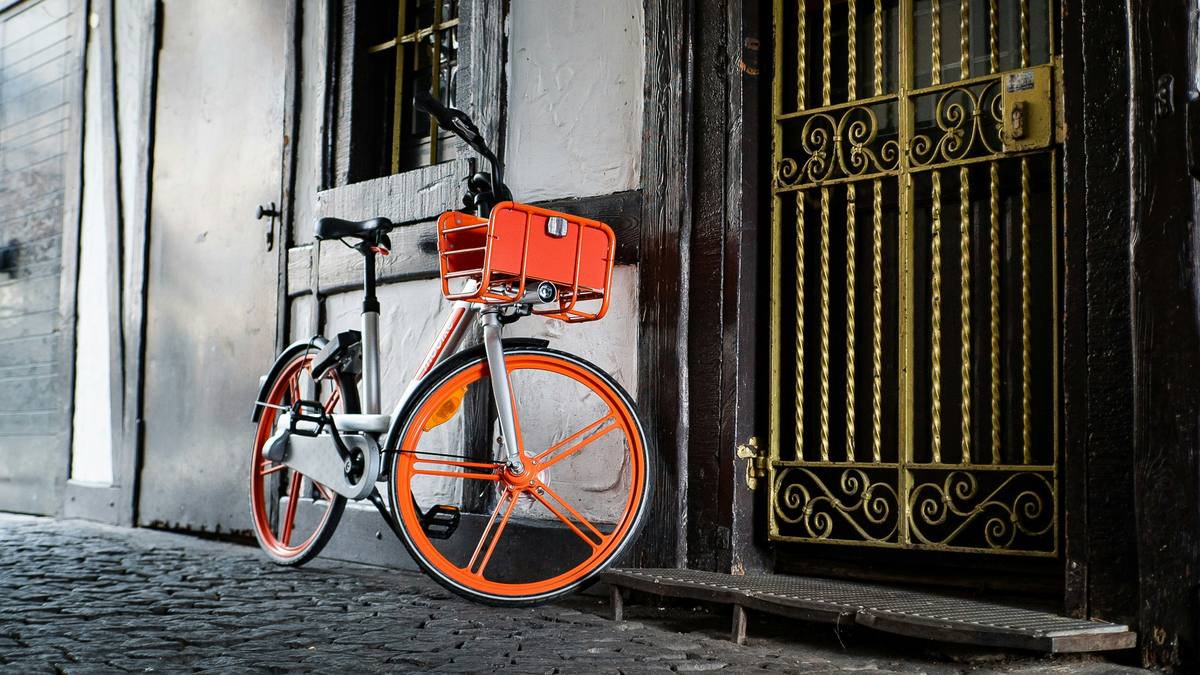
Building a Sustainable Fleet
The backbone of any bike-sharing system is undoubtedly its fleet. Choosing durable bikes designed for frequent use across various terrains ensures longevity and reduces maintenance costs over time. Consideration for environmental sustainability also plays a critical role in selecting your fleet; opting for bicycles made from recyclable materials reflects well on your brand's ethics. Equally important is implementing efficient repair and maintenance schedules to keep downtime to a minimum. A well-maintained fleet not only prolongs the lifespan of each bike but also enhances user experience.
Boost campaigns with 250+ editable templates. Save, reuse, and wield design tools for business growth.
Try it for FREE!Marketing Your Service
Attracting riders in a market that's as crowded as city streets requires creative marketing strategies that highlight what sets your service apart. Emphasizing convenience, health benefits, environmental impact, or cost savings could resonate well with potential users. Social media platforms offer powerful tools for building brand awareness and engaging directly with your community. Traditional advertising methods like outdoor banners or local events sponsorship can complement online efforts by increasing physical visibility. Ultimately, understanding your target audience's preferences will guide your marketing approach toward success.
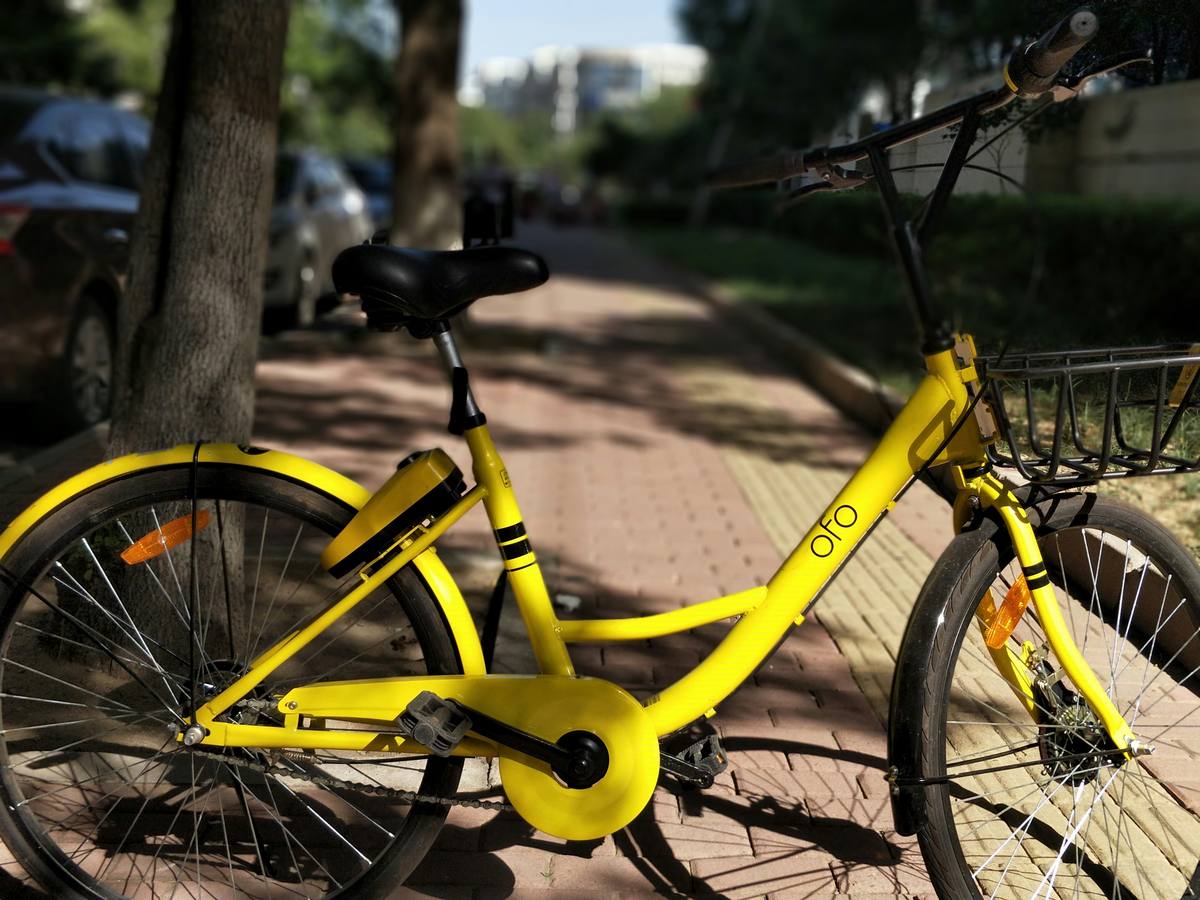
Expanding Your Network
Growth is akin to finding new trails that offer exhilarating rides; it's essential but challenging. Expanding your network means not just adding more bikes or stations but also enhancing accessibility and convenience for users across broader areas. It requires meticulous planning and analysis of usage data to identify high-demand locations while ensuring that expansion efforts align with overall business objectives. Strategic partnerships with local businesses or municipalities can provide mutual benefits and facilitate smoother expansions. Patience and persistence are key--as expanding too quickly without solid groundwork could lead to logistical nightmares.
Leveraging Design Tools like Desygner
In an era where visuals speak louder than words, having top-notch promotional material can significantly impact how effectively you attract new users to your bike-sharing service. This is where leveraging modern design tools such as Desygner becomes invaluable. Even without professional design experience, Desygner enables you to create visually appealing marketing materials that can capture the essence of your brand perfectly. From designing flyers that stand out at local events to crafting engaging social media posts that drive interaction, utilizing such tools empowers you to make a profound impression on potential customers efficiently. Optimizing these visual elements ensures that when people think of convenient urban transportation solutions, they picture riding one of your bikes.
Key Takeaways on Launching a Bike Sharing Business
In conclusion, starting a bike sharing business can be a rewarding venture, blending technological innovation with environmental sustainability. The journey from concept to execution involves careful planning, strategic partnerships, and constant adaptation to the evolving urban landscape. As we've navigated through the essential steps of setting up a successful bike sharing platform, several key points have emerged as fundamental to ensuring your venture's success.
Firstly, understanding your market and customer needs is paramount. A thorough market analysis helps tailor your services to meet specific demands while distinguishing your offering from competitors. Equally important is building a robust and scalable technology infrastructure that can adapt to growth and change. This includes investing in user-friendly apps and reliable bikes, but also in systems that ensure the safety and security of users.
Partnerships with local authorities and businesses can provide valuable support in navigating regulations and gaining access to prime locations. Sustainability should be at the core of your operations, from choosing eco-friendly bikes to implementing practices that encourage cycling over other forms of transportation.
- Understand your target market deeply
- Invest in cutting-edge technology
- Prioritize user safety and security
- Form strategic partnerships with local entities
- Maintain operational sustainability
- Utilize data analytics for informed decision-making
- Focus on exceptional customer service
- Leverage tools like Desygner for marketing materials
To successfully market your bike sharing business and make an impact in the community, using professional design tools is crucial. One such tool that can empower you to create compelling marketing assets effortlessly is Desygner. Sign up at Desygner today and take the first step towards establishing a strong brand presence for your bike sharing venture.

